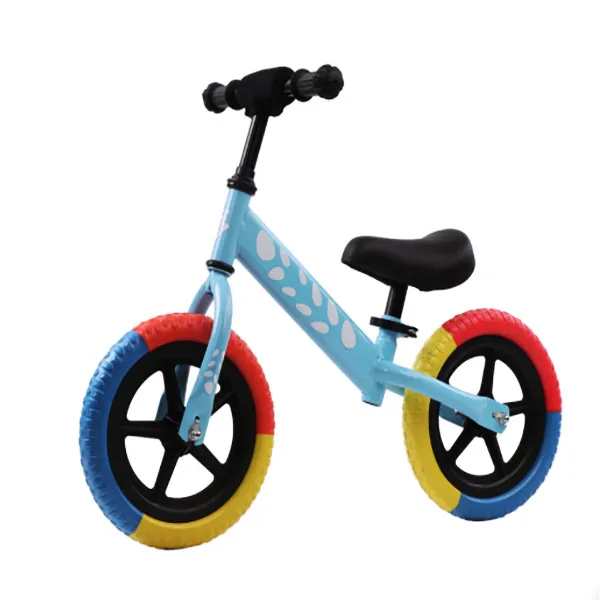
- Afrikaans
- Albanian
- Amharic
- Arabic
- Armenian
- Azerbaijani
- Basque
- Belarusian
- Bengali
- Bosnian
- Bulgarian
- Catalan
- Cebuano
- Corsican
- Croatian
- Czech
- Danish
- Dutch
- English
- Esperanto
- Estonian
- Finnish
- French
- Frisian
- Galician
- Georgian
- German
- Greek
- Gujarati
- Haitian Creole
- hausa
- hawaiian
- Hebrew
- Hindi
- Miao
- Hungarian
- Icelandic
- igbo
- Indonesian
- irish
- Italian
- Japanese
- Javanese
- Kannada
- kazakh
- Khmer
- Rwandese
- Korean
- Kurdish
- Kyrgyz
- Lao
- Latin
- Latvian
- Lithuanian
- Luxembourgish
- Macedonian
- Malgashi
- Malay
- Malayalam
- Maltese
- Maori
- Marathi
- Mongolian
- Myanmar
- Nepali
- Norwegian
- Norwegian
- Occitan
- Pashto
- Persian
- Polish
- Portuguese
- Punjabi
- Romanian
- Russian
- Samoan
- Scottish Gaelic
- Serbian
- Sesotho
- Shona
- Sindhi
- Sinhala
- Slovak
- Slovenian
- Somali
- Spanish
- Sundanese
- Swahili
- Swedish
- Tagalog
- Tajik
- Tamil
- Tatar
- Telugu
- Thai
- Turkish
- Turkmen
- Ukrainian
- Urdu
- Uighur
- Uzbek
- Vietnamese
- Welsh
- Bantu
- Yiddish
- Yoruba
- Zulu
Nov . 21, 2024 09:12 Back to list
how to fix mountain bike derailleur
How to Fix a Mountain Bike Derailleur A Step-by-Step Guide
Mountain biking is an exhilarating activity that allows riders to explore the great outdoors, but a malfunctioning derailleur can quickly turn a thrilling ride into a frustrating ordeal. The derailleur is a crucial component of your bike's drivetrain, responsible for shifting the chain between different gears. If you find yourself struggling to shift gears or experiencing chain skips, it's time to address the issue. Here’s a comprehensive guide on how to fix a mountain bike derailleur.
Step 1 Inspect the Derailleur
Before diving into repairs, start with a thorough inspection of your derailleur. Check for any visible signs of damage or misalignment. Look for bent hangers, broken springs, or worn-out components. If your derailleur is significantly damaged, replacement might be more effective than repairs.
Step 2 Check the Cable and Housing
A malfunctioning derailleur can often be traced back to an improperly functioning cable. Examine the shift cable for frays or kinks. Make sure the housing is not cracked or blocked. If the cable has seen better days, it’s a good idea to replace it to ensure smooth shifting.
Step 3 Adjust the Limit Screws
Your derailleur has two limit screws the high limit (H) and the low limit (L). These screws control how far the derailleur can move, preventing the chain from falling off the sprockets. Use a Phillips screwdriver to adjust them accordingly
- High Limit Screw (H) This controls how far the derailleur can move towards the smallest chainring. If your chain is going beyond the smallest sprocket, tighten the H screw. - Low Limit Screw (L) This screw governs the derailleur's movement toward the largest chainring. If the chain is overshifting to the largest sprocket, tighten the L screw.
Make minor adjustments and test the shifting after each change to ensure the derailleur moves into the correct positions.
how to fix mountain bike derailleur

Step 4 Fine-Tune the Cable Tension
If the derailleur is still not shifting properly, the cable tension may need adjusting. Locate the barrel adjuster (usually found where the cable enters the derailleur or on the shifter). Turn the barrel adjuster counterclockwise to increase tension and clockwise to decrease tension. Make small adjustments and test the shifting to find the sweet spot.
Step 5 Align the Derailleur
Sometimes, a simple alignment can solve shifting issues. Ensure that the derailleur hanger is straight. A bent hanger will lead to poor shifting performance. If the hanger is bent, you can use a derailleur hanger alignment tool or take it to a professional bike shop for adjustment.
Step 6 Clean and Lubricate
Dirty components can significantly affect the performance of your derailleur. Clean the derailleur, chain, and cassette using a degreaser and a soft brush. After cleaning, apply a lightweight lubricant to the pivot points of the derailleur, ensuring it moves freely.
Step 7 Test Ride
After making these adjustments, take your mountain bike for a test ride. Shift through all the gears to ensure everything operates smoothly. If you’re still experiencing issues, it may be time to consult a professional mechanic.
Conclusion
Fixing a mountain bike derailleur can seem daunting but can be accomplished with a little patience and the right tools. Regular maintenance will not only enhance your bike's performance but also extend the lifespan of your drivetrain components. Remember, proper shifting is crucial for an enjoyable mountain biking experience—don’t overlook the importance of a well-functioning derailleur!
-
The Ultimate Kids' Four-Wheeler Experience
NewsJul.09,2025
-
The Ultimate Guide to Mountain Bikes: Gear Up for Your Ride
NewsJul.09,2025
-
The New Age of Cycling: Electric Bikes for Every Rider
NewsJul.09,2025
-
The Best Kids Bicycles: Ride in Style and Safety
NewsJul.09,2025
-
The Best 3-Wheel Scooters for Kids: Fun, Safety, and Adventure
NewsJul.09,2025
-
Revolutionize Your Ride: Affordable Electric Bikes
NewsJul.09,2025
-
Finding the Perfect Mountain Bike for Every Rider
NewsJul.09,2025



